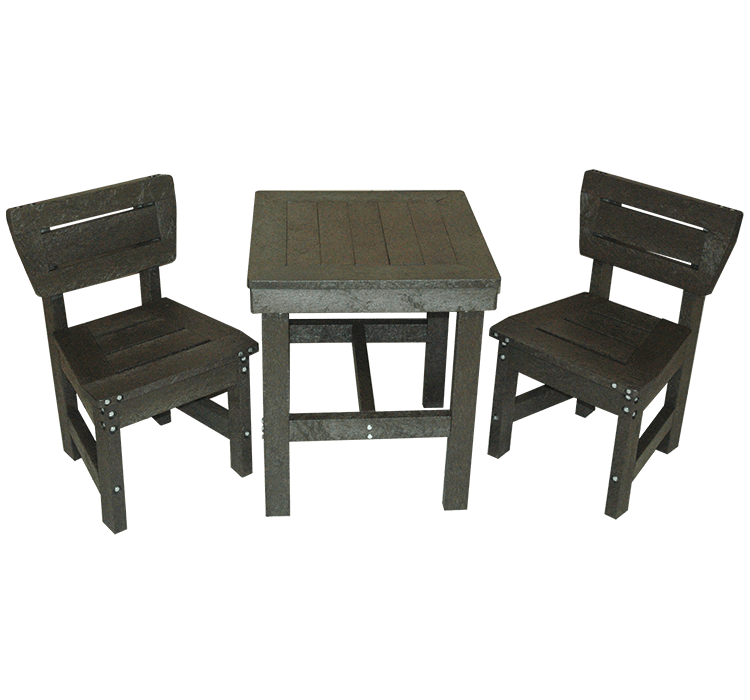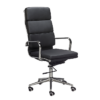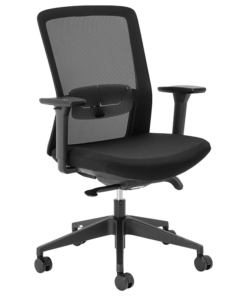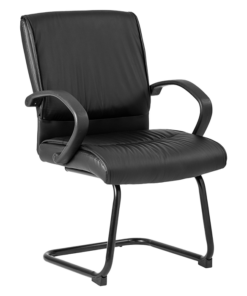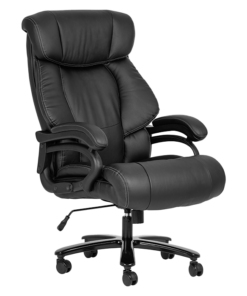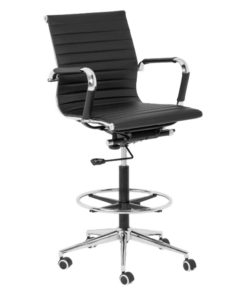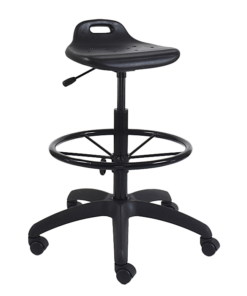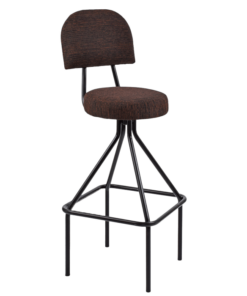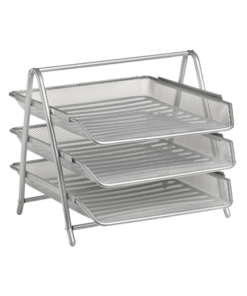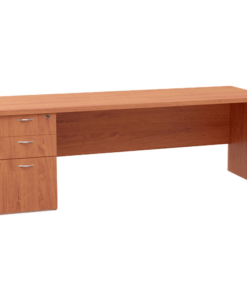Dinette Set
R343,834.00 Ex VAT
Two Dinette Chairs & Dinette Table
6 in stock
SKU: LV813
Categories: Office & Outdoor Supplies, Outdoor Furniture
Tags: Office & Outdoor Supplies, Outdoor Furniture
This set is perfect if you have limited space available and comfortable for indoor and outdoor dining. Our Two Seater Dinette Set is ideal for couples who like to enjoy intimate dinners and social settings. This beautiful recycled plastic wood set is perfect for everyday use on your patio. It’s maintenance free and never splinters, perfect for an evening with your loved one. Lead time is 8 weeks.
Manufactured from 100% recycled plastic. Ultimate outdoor furniture.
• Manufactured from 100% recycled plastic
• Maintenance free
• Never splinters
• Perfect for indoor and outdoor dining
Related products
Chairs
R681,021.00 Ex VAT
Chairs
R279,443.00 Ex VAT
R781,522.00 Ex VAT
R408,549.00 Ex VAT
R179,263.00 Ex VAT
Chairs
R80,476.00 Ex VAT
Office & Outdoor Supplies
R187,704.00 Ex VAT
Office & Outdoor Supplies
R302,613.00 Ex VAT
